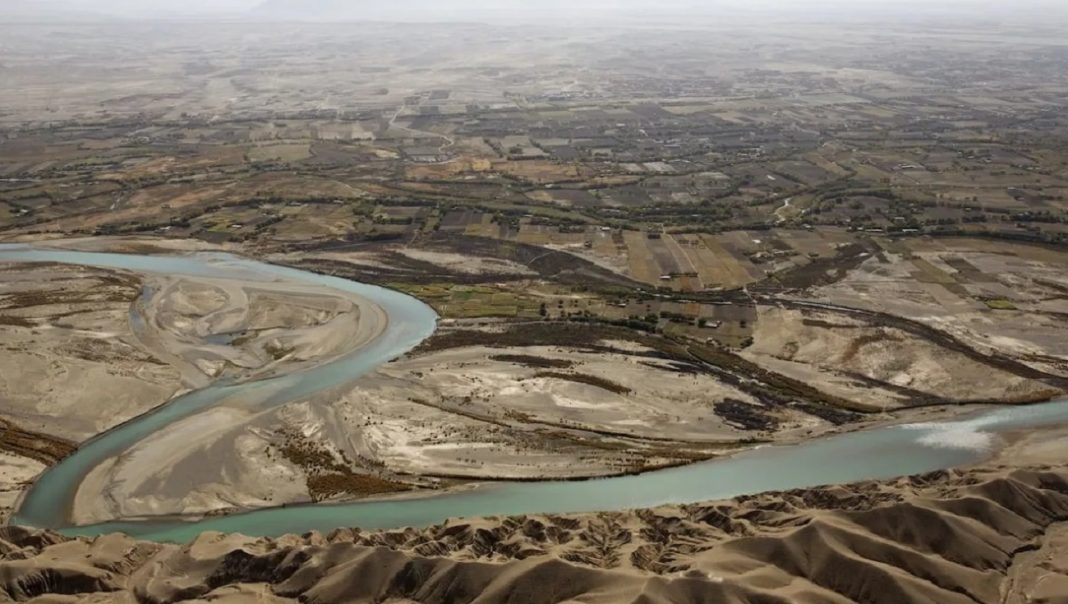Jabbar Vatanfada, director general of the Office of Border Rivers and Joint Water Resources of the Iranian Energy Ministry, told Fars News Agency on Thursday that only less than 4 million cubic meters of water had entered the Iranian side of the border in the past water year, out of the 820 million cubic meters agreed between the two sides under a 1973 treaty.
This runs counter to a claim by the Afghan side that it has provided Iran with its full share, to which the Iranian delegation voiced strong protests during the 25th meeting of the Joint Commission of the Helmand River recently held in Tehran, he added.
The official highlighted the negative repercussions of building the Kamal Khan Dam on the river, saying the construction dried up the international Hamoun wetland and negatively affected the region’s economy and environment as well as social life.
“Afghanistan should prove its commitment to the 1973 Helmand treaty not in words but in practice,” he said.
Helmand has been at the center of a long-running political dispute between the two neighbors. The river flows some 1,150 kilometers from the Hindu Kush mountains, west of Kabul, before reaching the Sistan wetlands in southwestern Afghanistan and eastern Iran.
